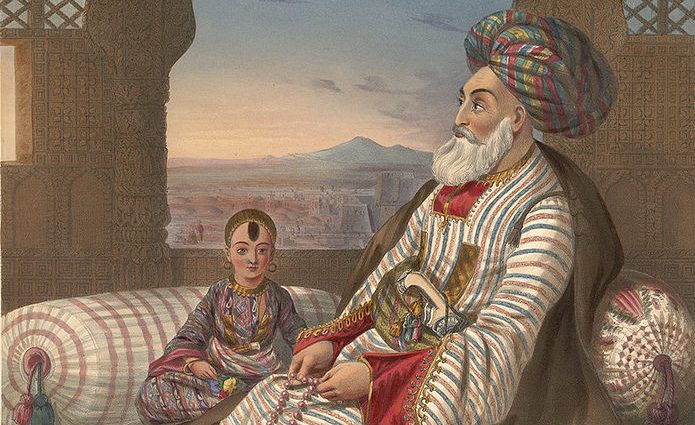Ooty has more than one connection with Afghanistan dating back from as early as 1855.
In that year a treaty was signed between the East India Company and His Highness Ameer Dost Mohummud Khan, Walee of Cabool to “respect the territories of the Honorable East India Company and never to interfere therein; and to be the friend of the friends and enemy of the enemies of the East India Company”.
Dost Mohammad Khan was the founder of the Barakzai dynasty and one of the prominent rulers of Afghanistan during the First Anglo- Afghan War.
The treaty was signed in Peshawar. On behalf of the East India Company, John Lawrence, Chief Commissioner of the Punjab (younger brother of Henry Lawrence, the founder of Lawrence Schools and later the Viceroy of India) signed the treaty.
The treaty was authorized and ratified by the Most Noble the Governor-General, Lord Dalhousie, at Ootakamund, on May 1,1855.
Dalhousie was recuperating in the Nilgiris where he stayed in Ooty, Coonoor and Kotagiri for nearly nine months.
In 1940 an Afghan rebel prince, Sardar Amir Jan, was held in captivity in Ooty and Coonoor and released in 1947.
Along with him had come some of his clansmen who later settled down in Ooty and Coonoor and came to be known as Kabuliwalas or ‘Ettadi Marwadi’ (8 foot moneylenders).
These six foot plus tall moneylenders with their prominent turban and long flowing kurtas travelling in Vespa scooters was a common sight in Ooty and Coonoor in the 1950s and 60s.
The mere sight of them used to strike terror in the borrowers who were mostly punters on race days.
Image: signing of the 1855 treaty.
Nilgiri Documentation Centre.

